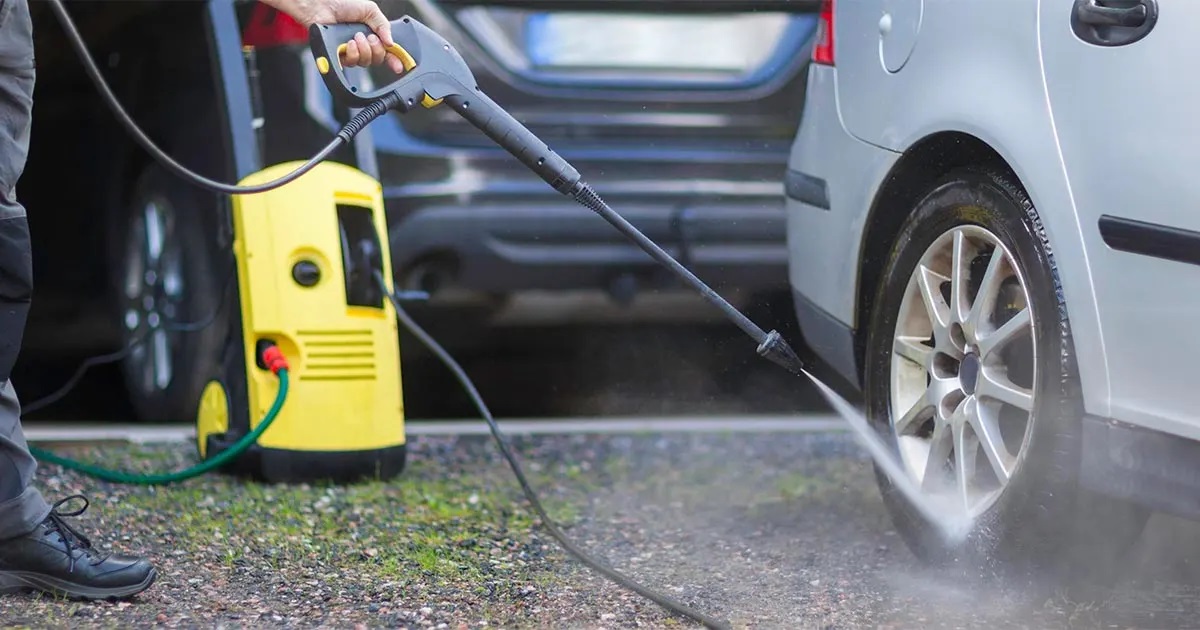

Articles
How To Use A Pressure Washer
Modified: January 7, 2024
Learn how to effectively use a pressure washer with these informative articles, offering expert tips and advice. Enhance your cleaning game today.
(Many of the links in this article redirect to a specific reviewed product. Your purchase of these products through affiliate links helps to generate commission for Storables.com, at no extra cost. Learn more)
Introduction
A pressure washer is a versatile cleaning tool that can make your outdoor cleaning tasks a breeze. Whether you need to remove dirt and grime from your driveway, power wash your deck, or clean the siding of your house, a pressure washer can provide the high-pressure water needed to tackle these jobs effectively.
In this article, we will guide you on how to use a pressure washer safely and efficiently. We will cover important safety precautions, explain the different parts of a pressure washer, help you choose the right one, provide step-by-step instructions on setting it up, and give you tips on how to clean specific surfaces. We will also provide maintenance and troubleshooting tips to ensure your pressure washer lasts for years to come.
Before we dive into the details, it’s crucial to emphasize the importance of safety when using a pressure washer. The high-pressure water jet produced by these machines is powerful enough to cause serious injuries if not used correctly. Always wear safety goggles, gloves, and closed-toe shoes when operating a pressure washer. Make sure to read the manufacturer’s instructions and follow all safety guidelines.
Now that we’ve covered the basics, let’s move on to understanding the pressure washer in more detail.
Key Takeaways:
- Safety First!
When using a pressure washer, always prioritize safety by wearing protective gear, keeping bystanders at a safe distance, and following manufacturer’s instructions to prevent accidents and ensure a safe cleaning experience. - Versatile Cleaning Power
A pressure washer is a versatile tool for cleaning driveways, decks, siding, vehicles, and more. By understanding its components, choosing the right model, and following proper maintenance, you can unleash its powerful cleaning capabilities for years to come.
Read more: How To Use Karcher Pressure Washer
Safety Precautions
Before you start using a pressure washer, it’s essential to familiarize yourself with some important safety precautions to protect yourself and those around you. By following these guidelines, you can prevent accidents and ensure a safe cleaning experience:
- Wear protective gear: Always wear safety goggles, gloves, and closed-toe shoes when operating a pressure washer. The high-pressure water stream can easily penetrate the skin or eyes if not properly protected.
- Keep bystanders away: Make sure to create a safe zone around your work area and keep bystanders, including children and pets, at a safe distance. The high-pressure spray can cause serious injuries if it comes into contact with the body.
- Inspect the equipment: Before using the pressure washer, carefully inspect it for any damage or leaks. If you notice any issues, do not use the machine and consult a professional for repairs.
- Read the user manual: Each pressure washer model may have specific instructions and safety guidelines. Take the time to read the user manual provided by the manufacturer to ensure you are using the machine correctly.
- Use the right nozzle: Different nozzles produce different spray patterns, ranging from a concentrated jet to a wide fan spray. Choose the appropriate nozzle for the task at hand to avoid causing damage to the surface you are cleaning or risking injury.
- Never point the nozzle at people or animals: It is crucial to direct the spray away from people, animals, and delicate objects. The force of the water can cause harm or damage if aimed improperly.
- Be cautious with electrical connections: If you are using an electric pressure washer, be careful with the electrical connections. Keep the connections dry, use a ground fault circuit interrupter (GFCI), and avoid using extension cords unless necessary.
- Avoid spraying near electrical sources: Do not spray water near electrical outlets, lights, or wires. Water and electricity are a dangerous combination, and you risk electrocution if you come into contact with water and live electrical components.
- Use appropriate detergents: If you need to use detergent for your cleaning task, make sure to use detergents specifically formulated for pressure washers. Using the wrong detergent can damage the machine or not produce the desired cleaning results.
- Start with low pressure: When starting a pressure washer, always begin with the lowest pressure setting and gradually increase it as needed. This allows you to have better control over the water jet and reduces the chances of causing damage.
By following these safety precautions, you can ensure a safe and enjoyable pressure washing experience. Now, let’s delve into understanding the different parts of a pressure washer to familiarize ourselves with the machine’s components.
Understanding the Pressure Washer
Before you start using a pressure washer, it’s important to understand its different parts and how they work together to deliver powerful cleaning performance. Here’s a breakdown of the key components of a pressure washer:
1. Pressure Pump: The pressure pump is the heart of a pressure washer. It’s responsible for generating the high-pressure water stream. The pump takes in water from a connected water source and pressurizes it before releasing it through the spray nozzle.
2. Engine or Motor: The engine or motor powers the pressure pump. Gasoline engines are commonly used in gas-powered pressure washers, while electric motors are used in electric pressure washers. The engine or motor drives the pump to create the necessary pressure for cleaning.
3. Water Inlet: The water inlet is where you connect a hose to supply water to the pressure washer. It’s important to ensure a proper water supply to avoid damage to the pump. Make sure the water supply is clean and free of debris.
4. High-Pressure Hose: The high-pressure hose connects the pressure pump to the spray gun or wand. It carries the pressurized water from the pump to the spray nozzle. High-quality hoses are designed to withstand the high-pressure water flow without leaking or bursting.
5. Spray Gun/Wand: The spray gun or wand is the part of the pressure washer that you hold and control. It usually has a trigger that allows you to start and stop the flow of water. The wand may also have additional controls to adjust the spray pattern and pressure.
6. Spray Nozzles: Pressure washers come with different types of spray nozzles, each producing a different spray pattern. The most common types include a zero-degree nozzle (for concentrated, high-pressure cleaning), a 15-degree nozzle (for tough cleaning tasks), a 40-degree nozzle (for general cleaning), and a detergent nozzle (for applying cleaning solutions).
7. Detergent Tank: Some pressure washers have built-in detergent tanks where you can add cleaning solutions. These tanks allow you to apply detergents and soaps directly through the pressure washer, enhancing the cleaning power for specific tasks.
Understanding these key components of a pressure washer will help you become familiar with the machine’s functionality and enable you to operate it effectively. Now let’s move on to the next step: choosing the right pressure washer for your needs.
Choosing the Right Pressure Washer
When it comes to choosing a pressure washer, it’s important to consider your specific needs and requirements. Here are some factors to consider to help you select the right pressure washer:
1. Pressure Level: The pressure level of a pressure washer is measured in pounds per square inch (PSI). Determine the pressure you need based on the type of cleaning tasks you’ll be performing. Light-duty tasks such as washing cars or patio furniture typically require a pressure washer with a PSI range of 1,300 to 1,800, while heavy-duty tasks like cleaning driveways or stripping paint may require a pressure washer with a PSI range of 2,000 or higher.
2. Water Flow Rate: The water flow rate, measured in gallons per minute (GPM), determines how quickly a pressure washer can clean a surface. A higher GPM means more water is being released, resulting in faster cleaning. Consider the size of the area you’ll be cleaning and choose a pressure washer with an appropriate GPM for efficient cleaning.
3. Type of Power: Pressure washers are available in gas-powered or electric models. Gas-powered pressure washers offer more power and mobility, making them suitable for larger outdoor cleaning tasks. Electric pressure washers are quieter, require less maintenance, and are perfect for smaller tasks or indoor cleaning. Choose the type of power based on your cleaning needs and access to a power source.
4. Portability: Consider how portable you need your pressure washer to be. Gas-powered pressure washers are typically more portable but require fuel and may be heavier. Electric pressure washers are lighter and easier to maneuver but are limited by the length of the power cord.
5. Attachments and Accessories: Check what attachments and accessories are available for the pressure washer and if they meet your specific cleaning needs. Look for features such as interchangeable nozzles, extension wands, surface cleaners, and rotating brushes. These attachments can enhance the versatility and effectiveness of your pressure washer.
6. Budget: Set a budget for your pressure washer purchase. Consider the features and specifications you need and find a pressure washer that fits within your budget range. Remember that investing in a quality pressure washer can save you money in the long run by avoiding frequent repairs or replacements.
By considering these factors, you can choose a pressure washer that matches your cleaning requirements and provides efficient and effective cleaning power. Once you have selected the right pressure washer, it’s time to move on to the next step: setting it up for use.
Setting Up the Pressure Washer
Before you can start using your pressure washer, you’ll need to properly set it up. Follow these steps to ensure a smooth setup process:
- Read the User Manual: Familiarize yourself with the manufacturer’s instructions by reading the user manual provided with your pressure washer. This guide will give you specific information on how to set up and operate your particular model.
- Choose a Location: Find a suitable location to set up your pressure washer. Ensure there is enough space for easy movement and access to a water source. You may need an outdoor faucet or an attachment for a larger water source such as a rain barrel or water tank.
- Inspect the Equipment: Before connecting any hoses or power cords, visually inspect your pressure washer for any signs of damage or wear. Check for loose connections, leaks, or worn-out parts. If you notice any issues, have them addressed or repaired before proceeding.
- Water Source: Connect your pressure washer to the water source using a high-quality garden hose. Ensure the hose is securely attached, and the water source is turned on. It’s recommended to use a hose with a diameter of at least 5/8-inch to maintain proper water flow.
- High-Pressure Hose and Spray Gun: Attach the high-pressure hose to both the pressure washer and the spray gun or wand. Make sure the connections are secure and tight. Be careful not to overtighten, as it may cause damage to the hoses or fittings.
- Water Filter: Some pressure washers have a built-in water filter to prevent debris from entering the system and potentially causing damage. If your pressure washer has a filter, make sure it is clean and properly inserted.
- Electrical Connection: If you are using an electric pressure washer, plug it into a suitable electrical outlet. Ensure the outlet is grounded and protected by a ground fault circuit interrupter (GFCI) to prevent electrical hazards. Follow the manufacturer’s instructions for proper electrical connections.
- Prime the System: Before starting the pressure washer, it’s important to prime the system. To do this, turn on the water supply and let the water flow through the system for a few moments until all air bubbles are removed.
- Test Run: Once the pressure washer is set up, turn it on and run a test before beginning your cleaning tasks. Check for any irregularities, unusual noises, or leaks. Test the different spray nozzles to ensure they are working correctly.
By following these steps, you can ensure a proper setup for your pressure washer, allowing you to start cleaning with ease. In the next section, we will guide you on how to properly use the pressure washer for different cleaning tasks.
Always start with the lowest pressure setting and test on a small area before tackling larger surfaces. This will help prevent damage to delicate materials.
Read more: How To Use Soap In Pressure Washer
Using the Pressure Washer
Now that your pressure washer is set up and ready to go, it’s time to start using it for your cleaning tasks. Follow these steps to use your pressure washer efficiently and effectively:
- Select the Right Nozzle: Choose the appropriate spray nozzle for the task at hand. A narrow spray pattern (0-degree nozzle) is ideal for tough stains or stubborn dirt, while a wider spray pattern (15-degree or 25-degree nozzle) is suitable for general cleaning. The detergent nozzle is used when you need to apply cleaning solutions.
- Pre-Wet the Surface: Before applying high-pressure water, pre-wet the surface you are cleaning with plain water. This helps to loosen dirt and makes the cleaning process more effective.
- Hold the Spray Gun Properly: Hold the spray gun or wand with a firm grip and keep it stable as you clean. Aim the nozzle at the surface you want to clean, but be mindful of maintaining a safe distance to avoid any accidental damage or injury.
- Start with Low Pressure: Begin using the pressure washer on a low-pressure setting and gradually increase it if needed. This allows you to have better control and prevents potential damage to delicate surfaces.
- Maintain a Consistent Distance: Keep a consistent distance between the spray nozzle and the surface being cleaned. Typically, a distance of 6-12 inches away from the surface is recommended. Adjust the distance as needed to achieve the desired cleaning result.
- Move in Even Strokes: Move the spray gun in even, overlapping strokes to ensure thorough cleaning. Avoid staying in one spot for too long, as it may cause damage to the surface. Keep the spray gun moving at a steady pace.
- Clean from the Top Down: When cleaning larger surfaces, such as a wall or a vehicle, start from the top and work your way down. This allows the dirt and grime to flow downward and prevents streaking.
- Apply Detergent (if needed): If you are using a pressure washer with a detergent tank, apply the appropriate cleaning solution for the task. Follow the manufacturer’s instructions for mixing and applying the detergent. Allow the detergent to sit for a few minutes before rinsing it off.
- Complete Rinsing: After applying detergent or completing the cleaning process, thoroughly rinse off the surface with plain water. This helps remove any remaining dirt, detergent residue, or debris.
- Turn Off the Pressure Washer: Once you have finished your cleaning tasks, turn off the pressure washer and release any remaining pressure in the system. Disconnect the hoses and store the pressure washer in a safe and dry place for future use.
Remember to always follow the manufacturer’s instructions and safety guidelines when using a pressure washer. By following these steps, you can effectively clean a wide variety of surfaces using your pressure washer.
In the next section, we will provide tips on how to clean specific surfaces using a pressure washer.
Cleaning Specific Surfaces
A pressure washer is a versatile tool that can be used to clean a wide range of surfaces. Here are some tips on how to effectively clean specific surfaces using a pressure washer:
- Driveways and Walkways: Start by removing any loose debris or leaves from the surface. Use a 15-degree or 25-degree nozzle to power wash the area, working in even strokes and maintaining a consistent distance. For stubborn stains, you can use a rotating surface cleaner attachment for more even and efficient cleaning.
- Decks and Patios: Sweep the surface to remove any loose dirt or debris. Use a wide-angle nozzle (40-degree or lower) to avoid damaging the wood or concrete. Keep the nozzle moving and be cautious not to stay in one spot for too long to prevent etching or streaking.
- Siding and Exterior Walls: Start from the bottom and work your way up. Use a 25-degree or 40-degree nozzle and keep the nozzle at a slight angle to prevent water from getting behind the siding. Pressure wash the surface using long, even strokes, and be mindful of any delicate areas or loose paint that may require more caution.
- Fences: Use a 25-degree or 40-degree nozzle to clean fences. Keep the nozzle at a slight angle to avoid damaging the wood or vinyl. Move the spray gun in even strokes, following the grain of the wood or the direction of the fence panels.
- Vehicles: Use a wide-angle nozzle (25-degree or 40-degree) to clean vehicles. Start from the top and work your way down, rinsing off dirt and grime. Avoid getting too close to the vehicle’s paint to prevent damage. If needed, use a vehicle-specific cleaning solution to enhance the cleaning power.
- Gutters: Use an extension wand or a gutter cleaning attachment to reach and clean the inside of gutters. Be cautious of staying at a safe distance and avoid leaning the ladder against the gutters. Remove any debris and use low-pressure water flow to flush out the gutters.
- Concrete and Brick Surfaces: For heavily stained concrete or brick surfaces, you can use a rotating surface cleaner attachment and a suitable cleaning agent to maximize cleaning efficiency. Start with a wide-angle nozzle to remove loose dirt, and then switch to a narrower nozzle for more concentrated cleaning.
It’s important to note that different surfaces may require different cleaning techniques and pressure settings. Always test a small area first and adjust your approach as needed to avoid damage and achieve the desired results.
Now that you have an understanding of how to clean various surfaces, let’s move on to the next section: maintenance and troubleshooting tips for your pressure washer.
Maintenance and Troubleshooting Tips
To keep your pressure washer running smoothly and extend its lifespan, regular maintenance is essential. Here are some maintenance and troubleshooting tips to help you maintain optimal performance:
- Clean the Filter: Regularly clean or replace the filter in your pressure washer to prevent clogs and ensure proper water flow. Refer to the user manual for instructions on how to access and clean the filter.
- Flush the System: After each use, flush the pressure washer system with clean water to remove any debris or detergent residue. This helps prevent clogging and extends the life of the pump and nozzles.
- Inspect and Tighten Connections: Periodically inspect all hose connections, fittings, and bolts to ensure they are tight and secure. Loose connections can lead to leaks or a loss of pressure.
- Check and Replace O-Rings: Inspect the o-rings in the hose connections and spray gun regularly. If you notice any signs of wear or damage, replace them to prevent leaks.
- Store Properly: After each use, store your pressure washer in a clean, dry place. Protect it from extreme temperatures and ensure it is stored in an upright position to prevent fuel or oil leaks.
- Winterize if Required: If you live in an area with freezing temperatures, it’s important to winterize your pressure washer. Follow the manufacturer’s instructions or use a winterizing solution to protect the pump and internal components from freezing.
- Inspect and Replace Worn Parts: Regularly inspect the hoses, nozzles, and other components for signs of wear or damage. Replace any worn-out parts to maintain optimal performance and avoid accidents.
- Troubleshooting: If you encounter any issues with your pressure washer, refer to the user manual for troubleshooting tips. Common problems include a loss of pressure, leaks, or difficulty starting the machine. If the problem persists, consult a professional for further assistance.
- Schedule Professional Servicing: Consider scheduling periodic servicing with a qualified professional to ensure your pressure washer is in top condition. They can perform thorough maintenance, tune-ups, and address any underlying issues.
By following these maintenance and troubleshooting tips, you can keep your pressure washer in good working condition and enjoy optimal performance with each use.
Now that you have learned about maintenance and troubleshooting, let’s conclude our article.
Conclusion
Using a pressure washer can make your outdoor cleaning tasks much easier and more efficient. By following the safety precautions, understanding the different parts of a pressure washer, choosing the right one for your needs, and properly setting it up, you can ensure a safe and effective cleaning experience. Remember to always wear appropriate protective gear and follow the manufacturer’s instructions for optimal results.
When using a pressure washer, it’s important to adapt your technique based on the specific surface you are cleaning. Whether you’re power washing driveways, decks, siding, fences, or vehicles, selecting the right nozzle and maintaining a consistent distance will help you achieve the best cleaning results without causing any damage.
Regular maintenance is crucial to keep your pressure washer in top condition. Remember to clean the filter, inspect and tighten connections, flush the system, and store it properly. Should you encounter any issues, consult the user manual for troubleshooting tips or seek assistance from a professional if needed.
With proper care and maintenance, your pressure washer can serve you well for years to come, providing you with the power and convenience to tackle a variety of cleaning tasks. So go ahead, unleash the force of high-pressure water and enjoy the satisfying results of a sparkling clean outdoor space!
Thank you for reading our comprehensive guide on how to use a pressure washer. We hope you found it informative and helpful. Happy cleaning!
Frequently Asked Questions about How To Use A Pressure Washer
Was this page helpful?
At Storables.com, we guarantee accurate and reliable information. Our content, validated by Expert Board Contributors, is crafted following stringent Editorial Policies. We're committed to providing you with well-researched, expert-backed insights for all your informational needs.
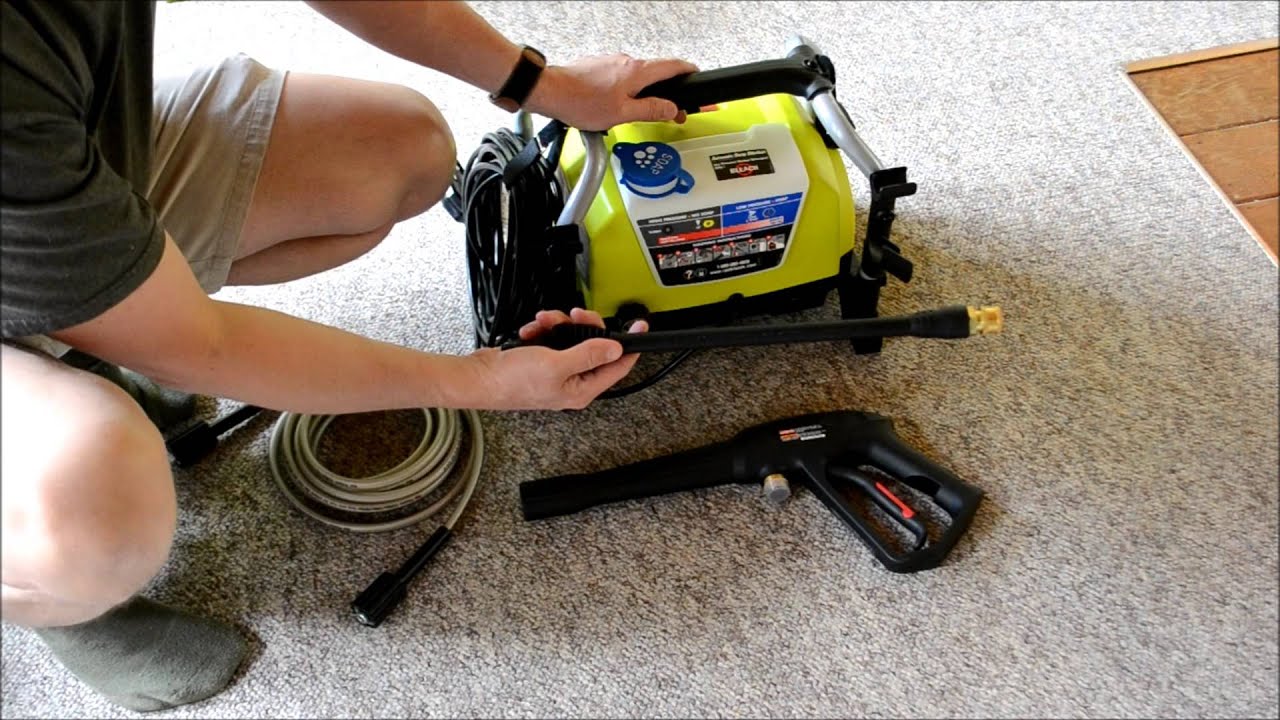
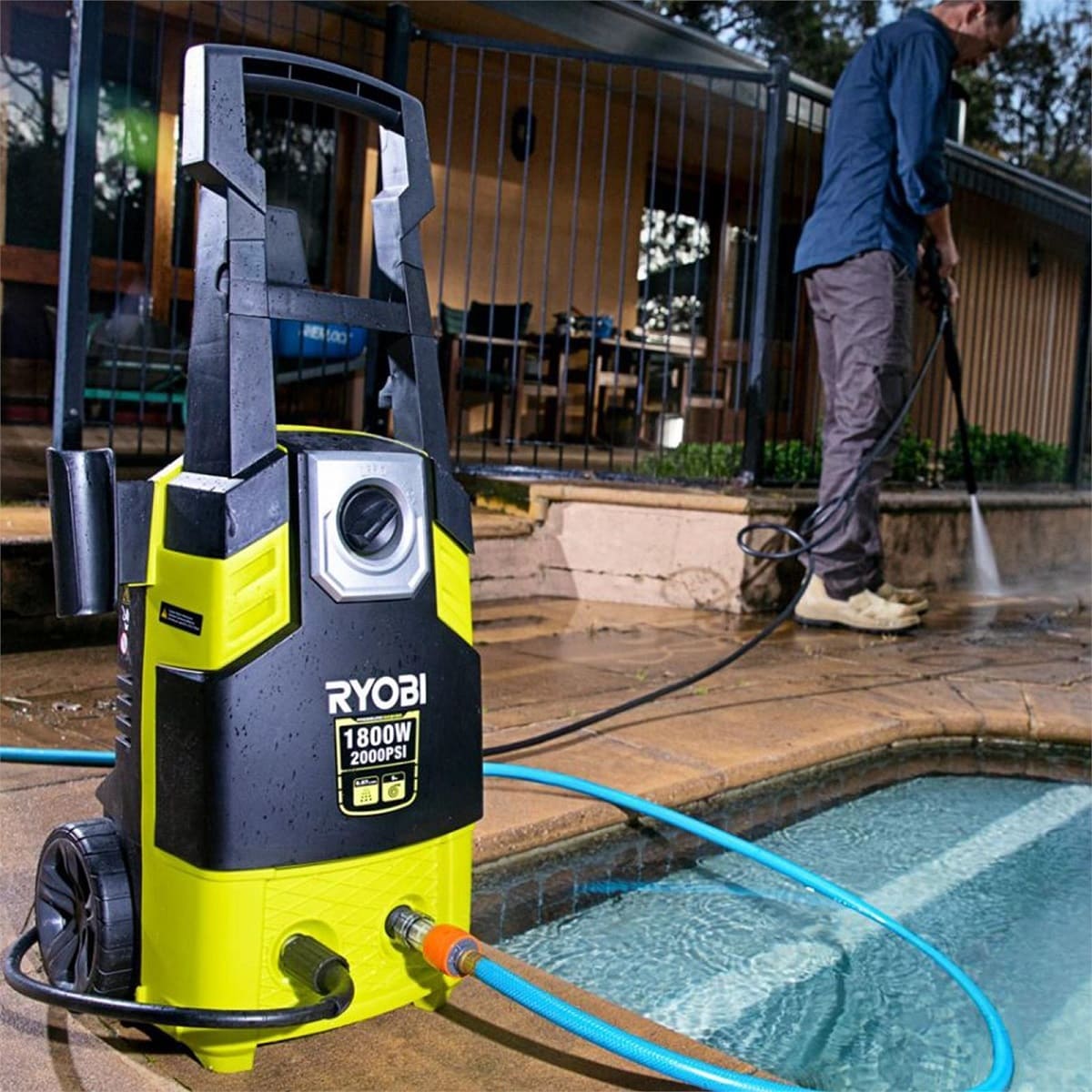
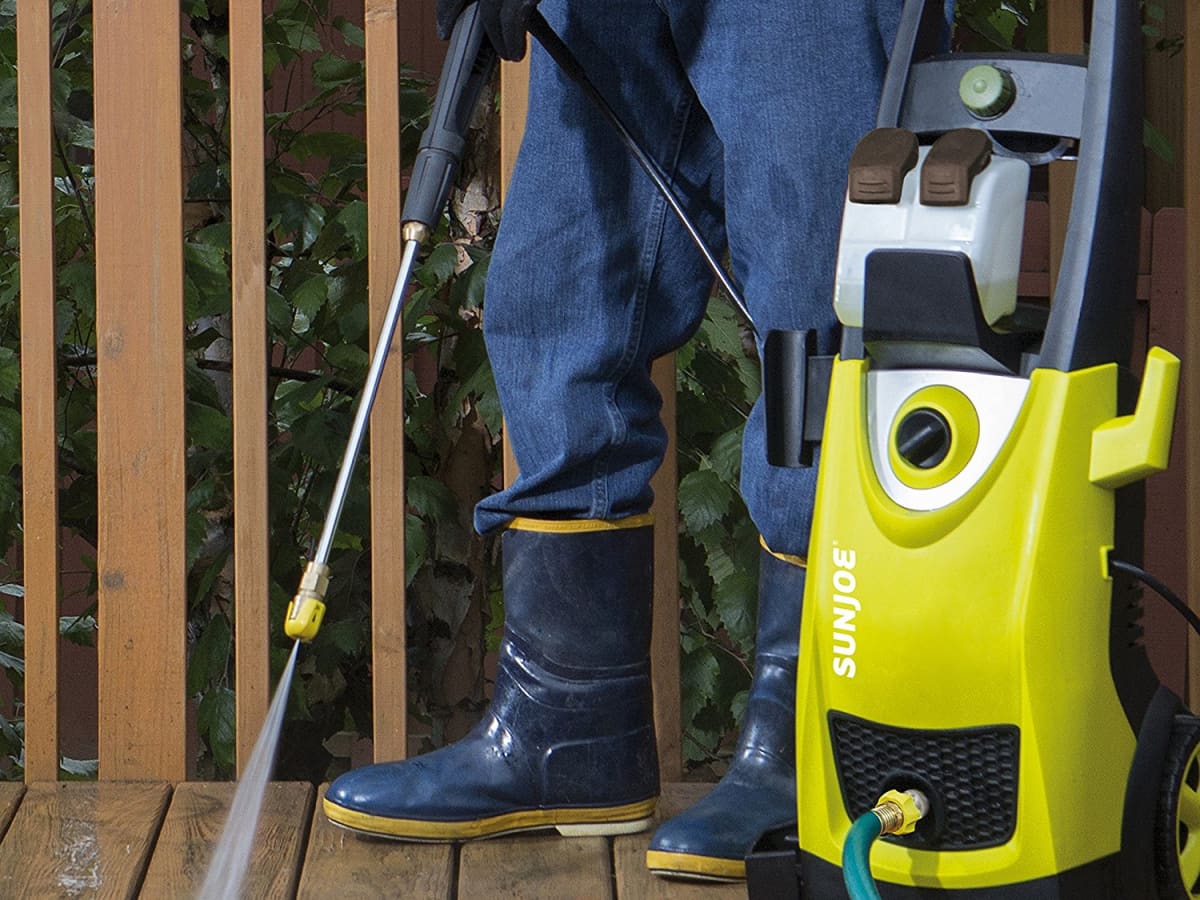
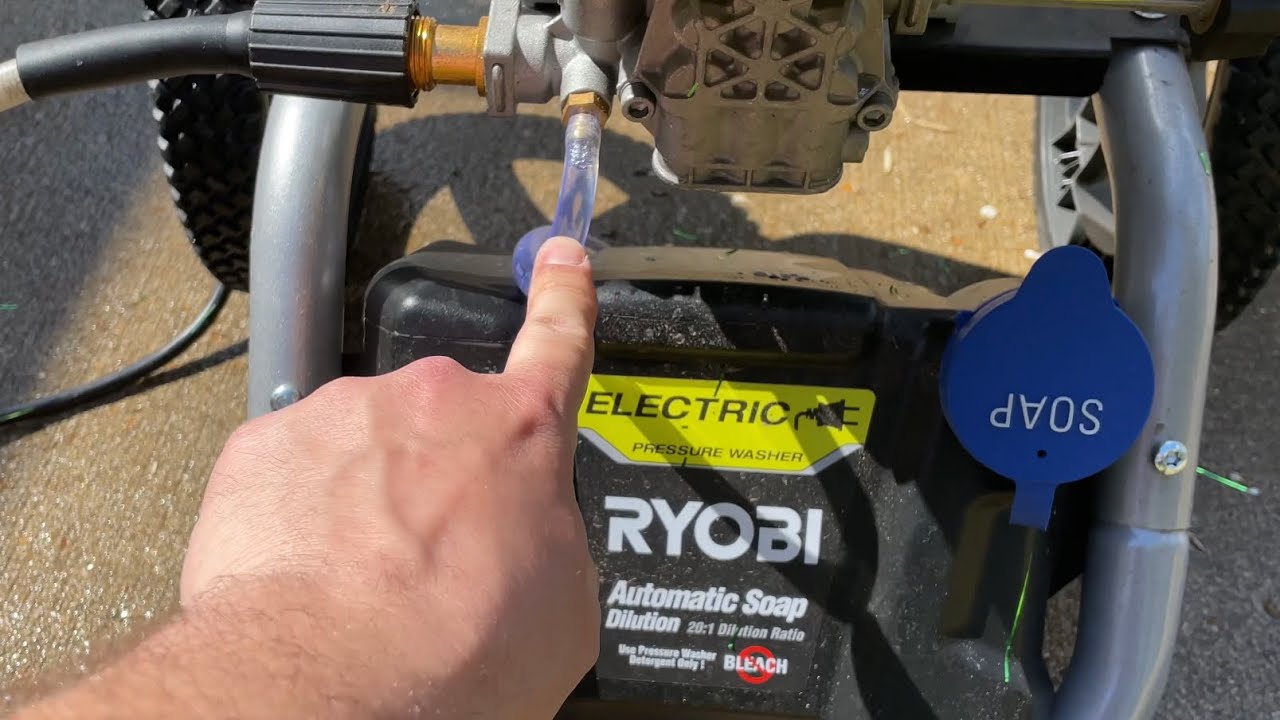
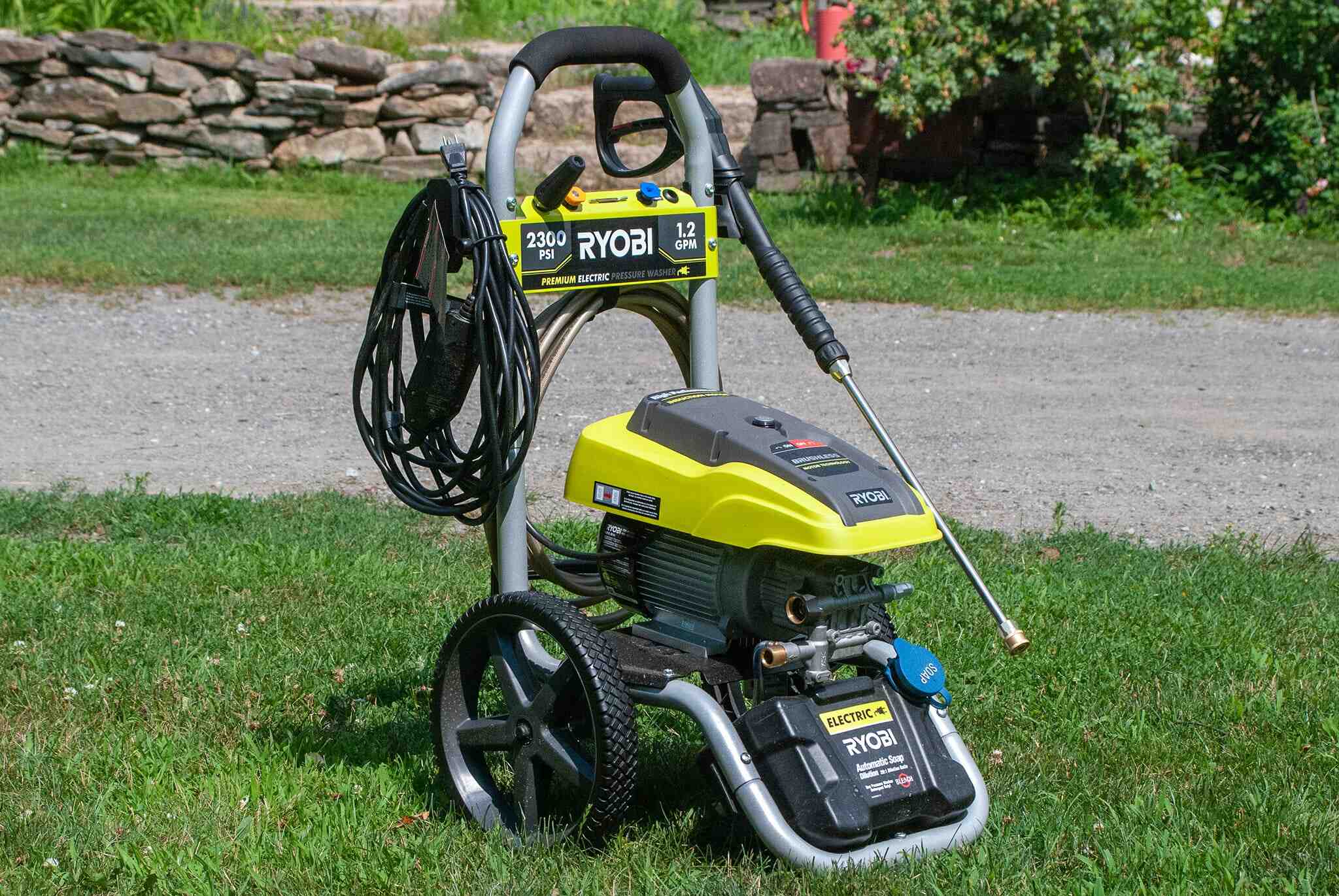
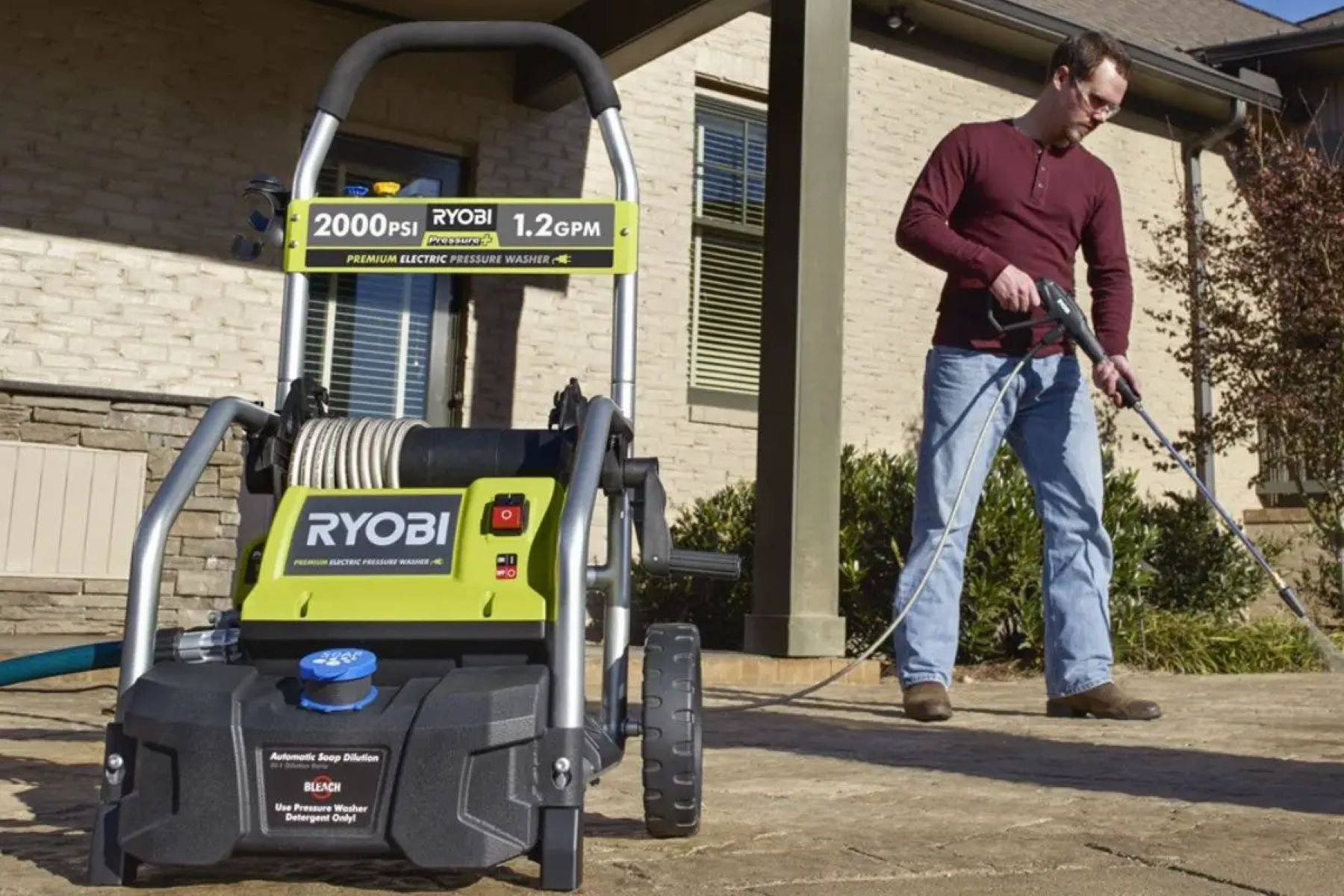
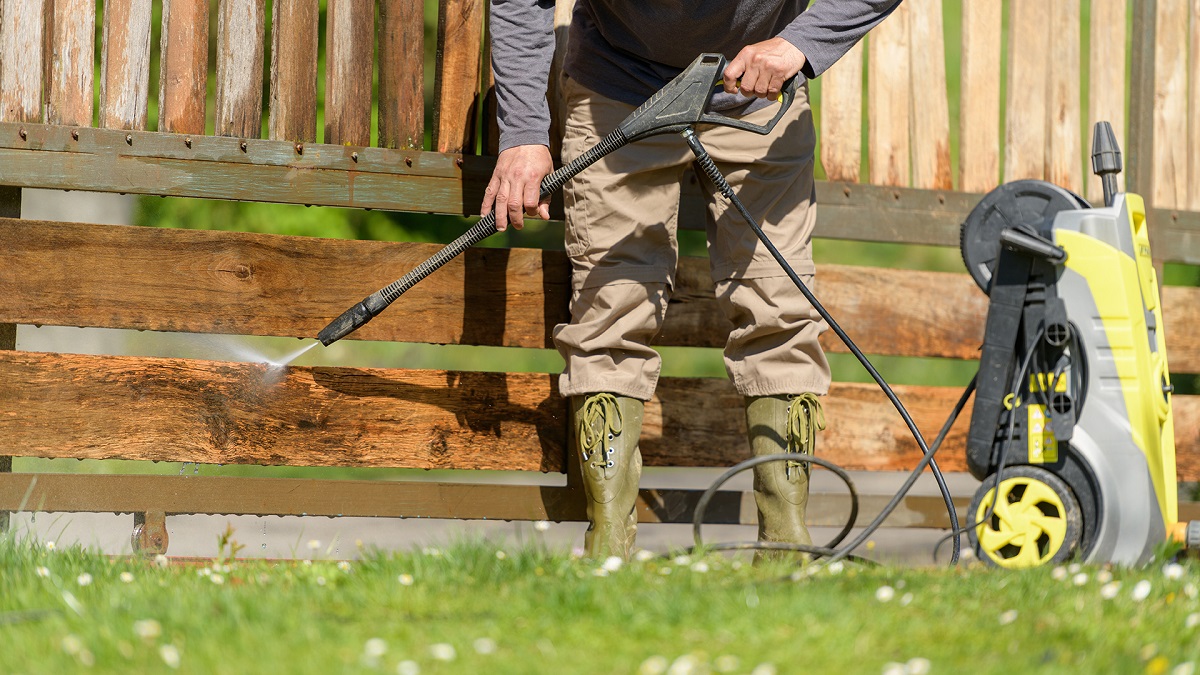
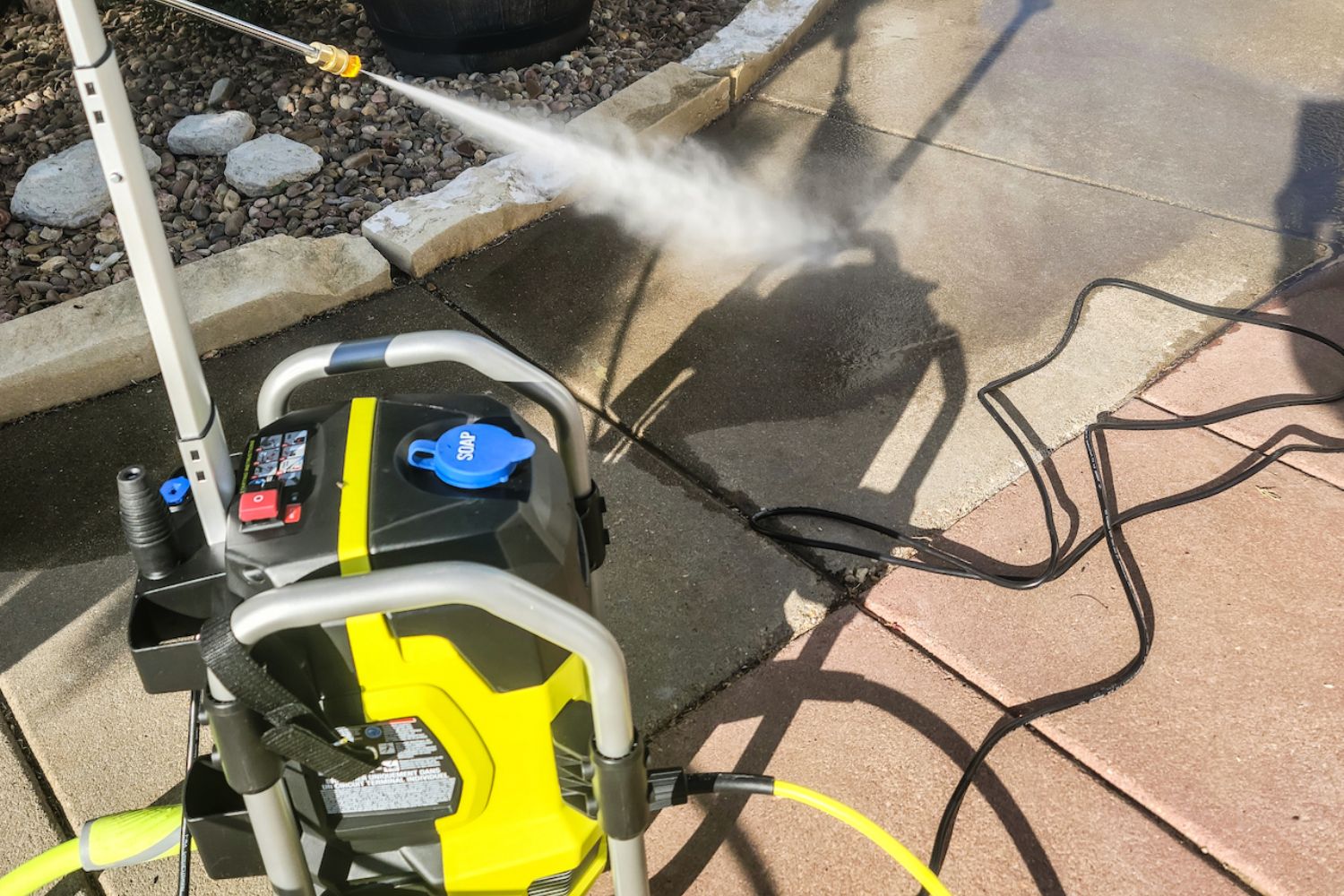
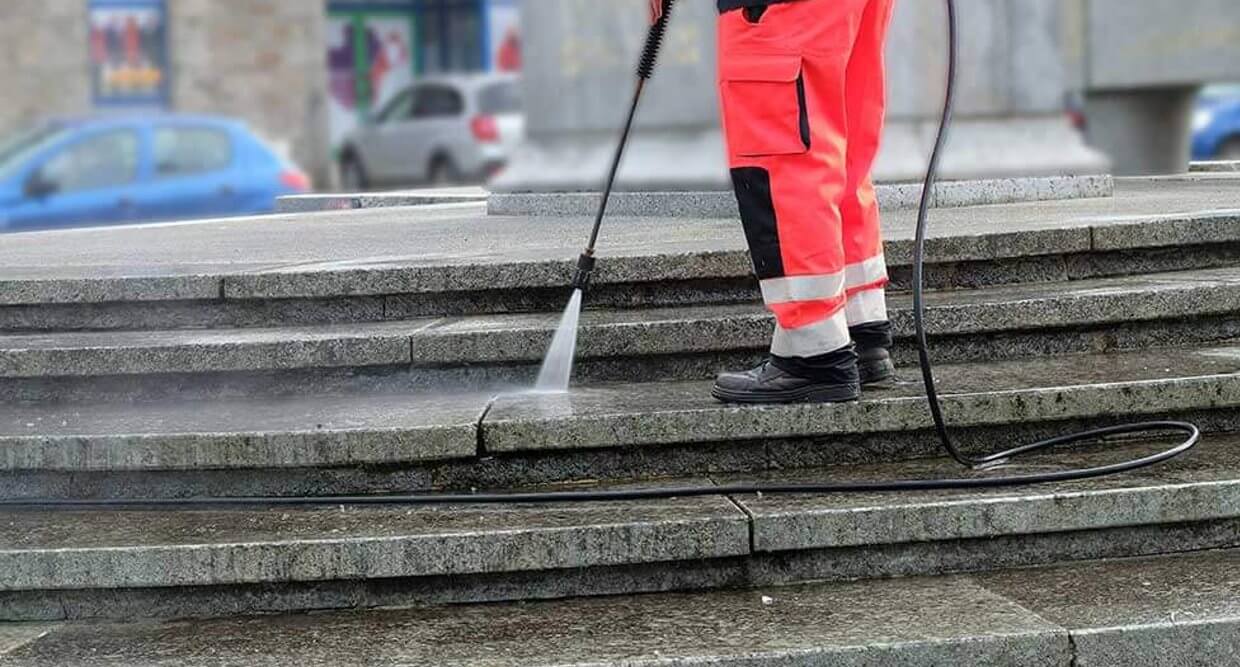
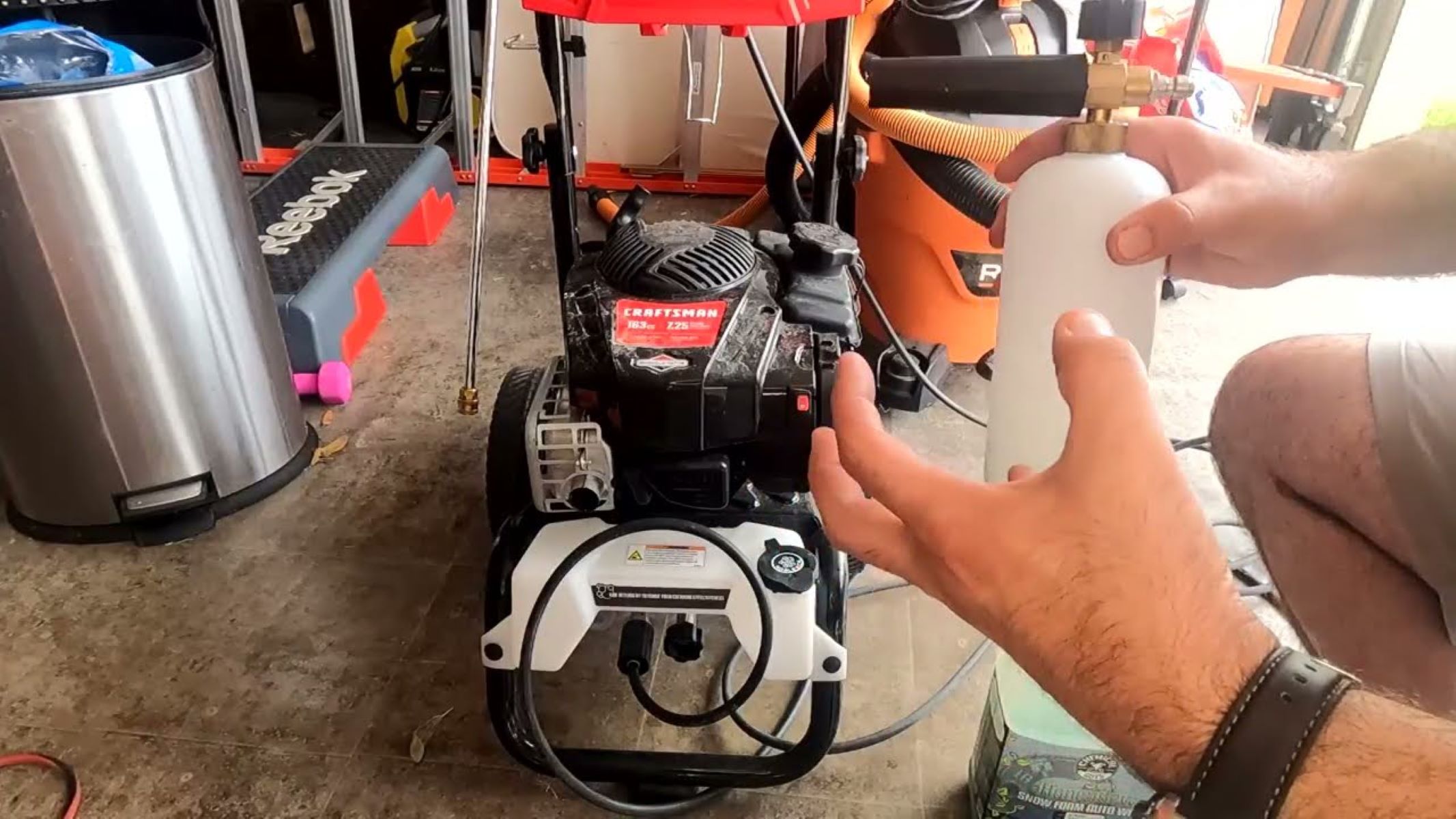
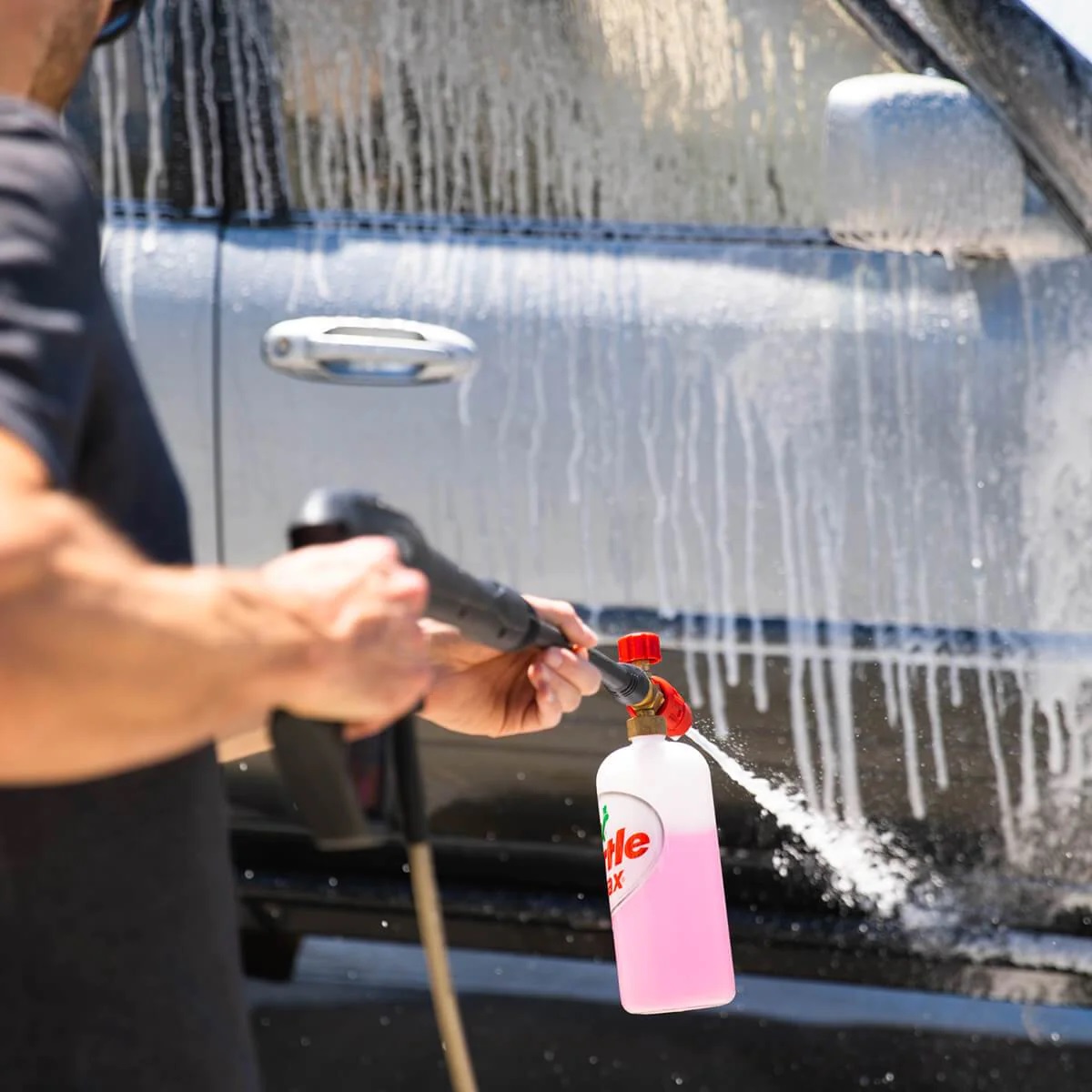
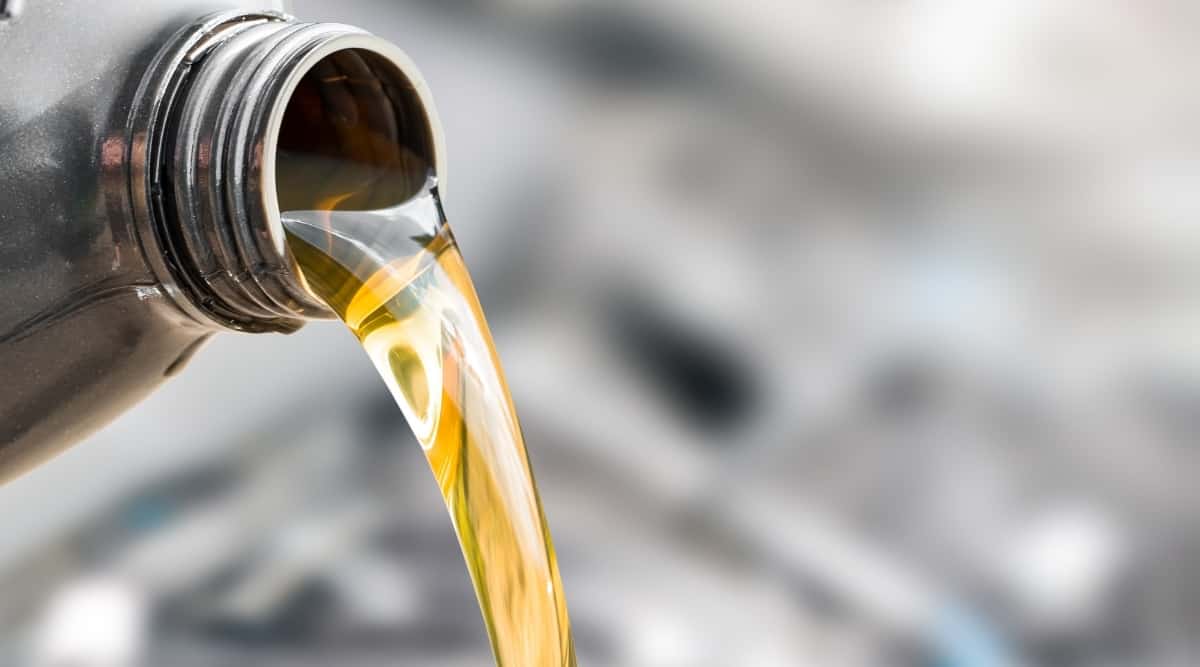
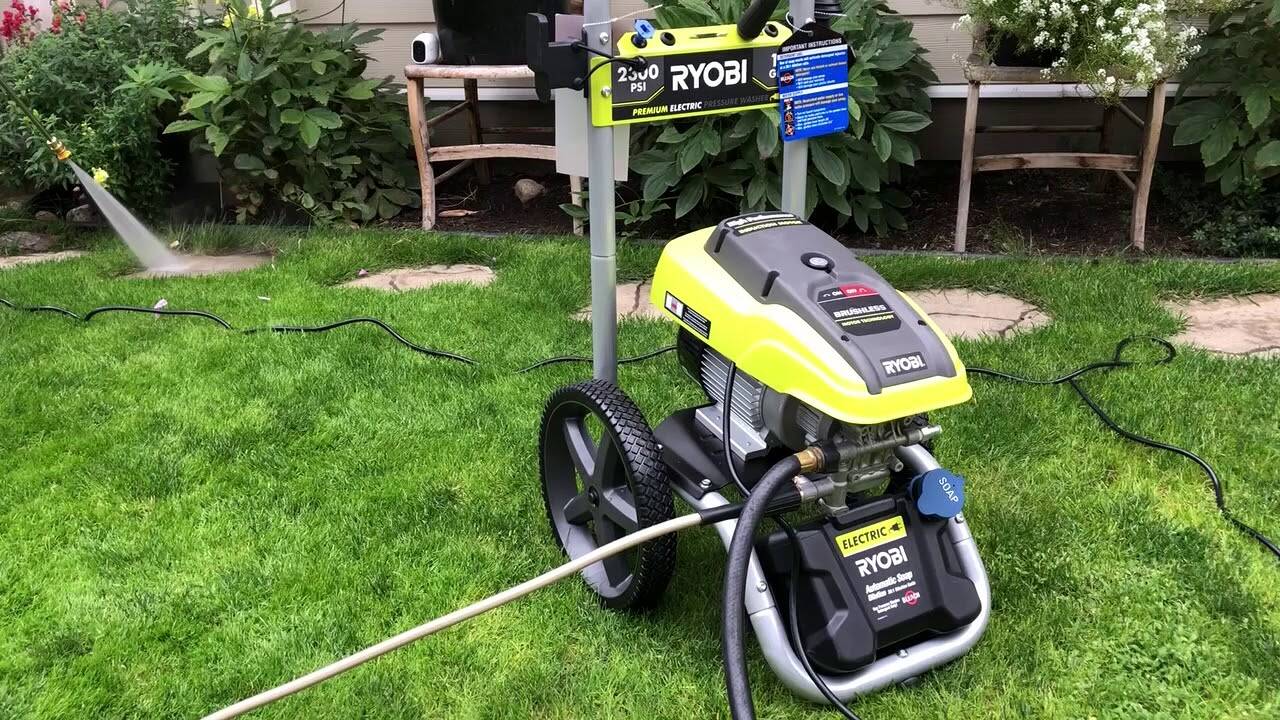
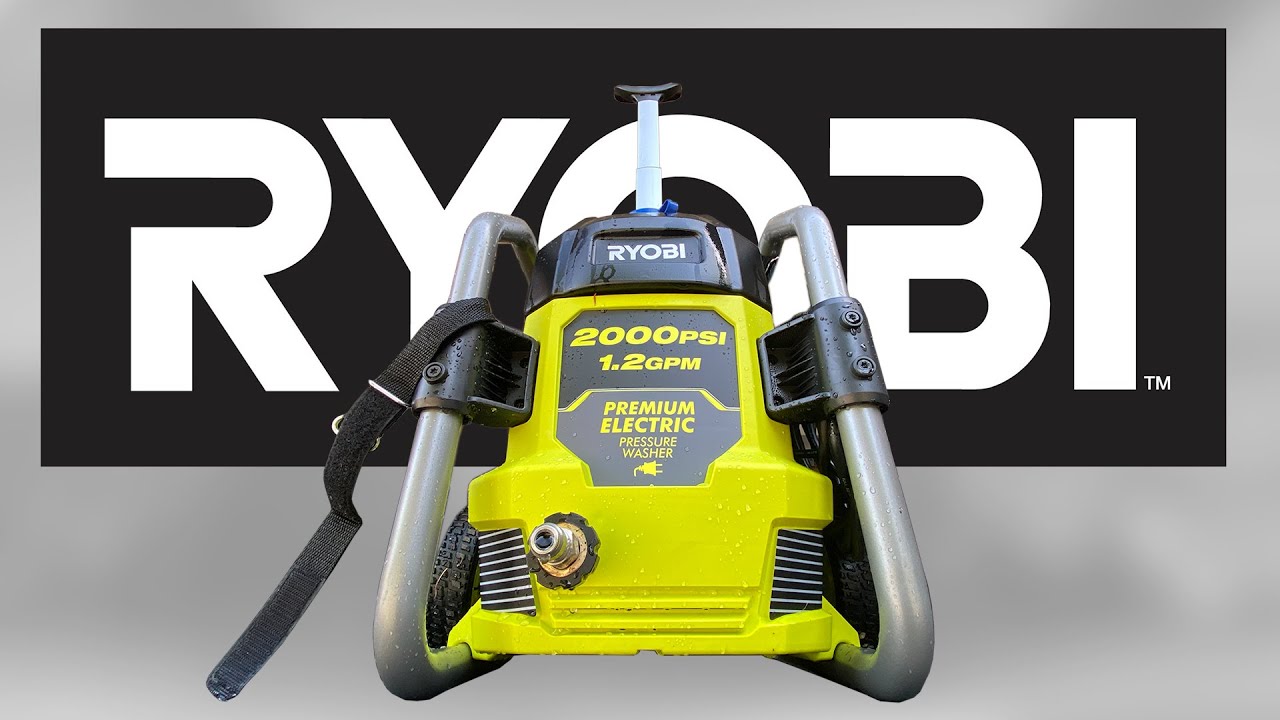

0 thoughts on “How To Use A Pressure Washer”